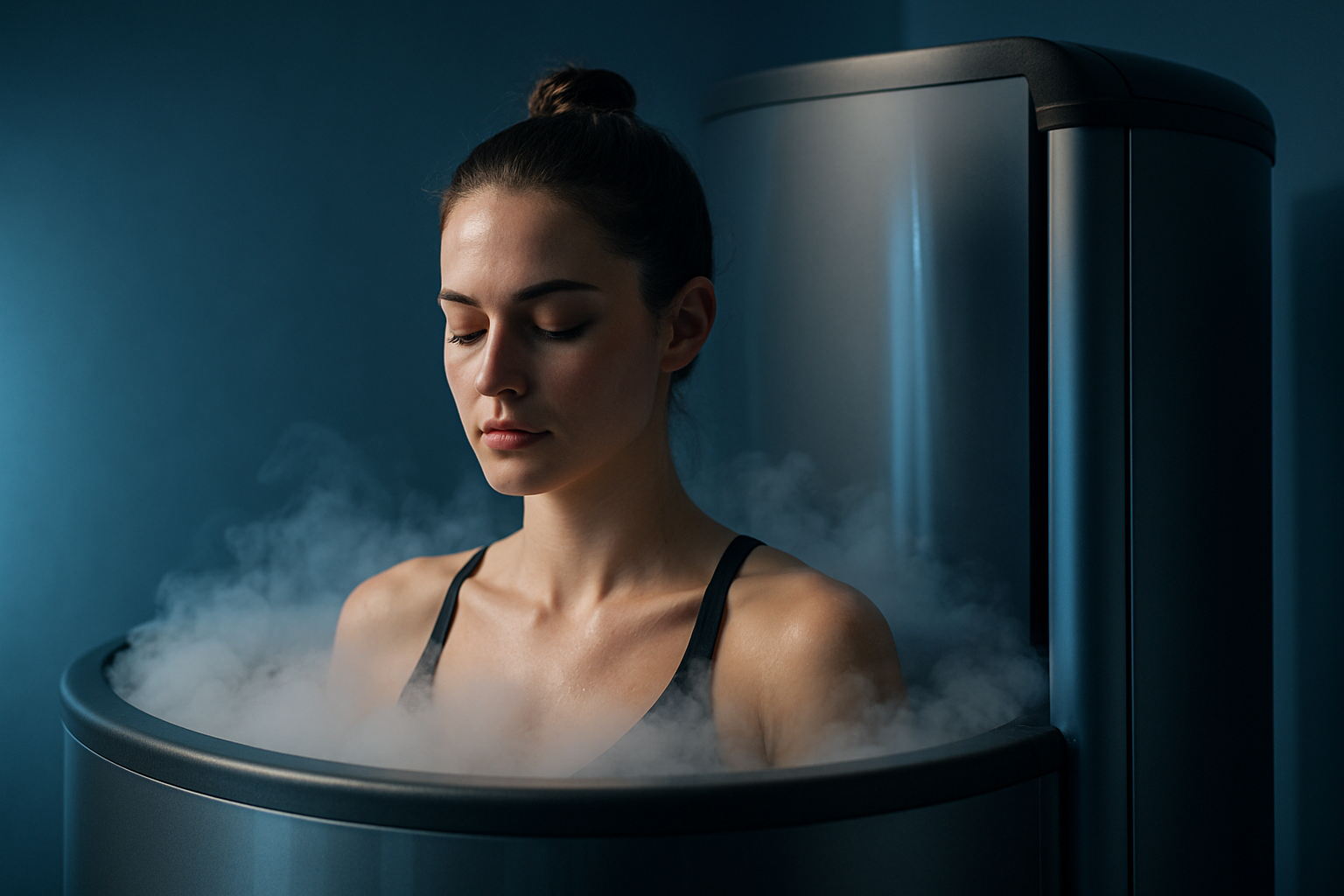Chromotherapy: The Rainbow Path to Wellness
In the ever-evolving landscape of beauty and fitness, a vibrant and lesser-known practice is gaining traction: chromotherapy. This colorful approach to wellness harnesses the power of light and color to promote physical, mental, and emotional well-being. Rooted in ancient healing traditions yet backed by modern scientific research, chromotherapy offers a unique fusion of holistic and evidence-based practices. As the beauty and fitness industries increasingly embrace innovative techniques, chromotherapy stands out as a promising frontier in the quest for optimal health and radiance. From its historical origins to its modern applications in spas, fitness centers, and even home care routines, the spectrum of chromotherapy's potential is as diverse as the colors it employs.

Historical Roots and Modern Revival
The use of color for healing dates back thousands of years, with roots in ancient Egyptian, Greek, and Chinese cultures. In ancient Egypt, sun-filled rooms with colored panes were used for therapeutic purposes. Similarly, ancient Greeks built solarium-like structures for color healing. However, it wasn’t until the late 19th century that modern chromotherapy began to take shape. Dr. Edwin Babbitt’s work, “The Principles of Light and Color,” published in 1878, laid the foundation for contemporary color therapy practices. In recent years, there has been a resurgence of interest in chromotherapy, driven by advancements in light technology and a growing body of scientific research exploring the effects of light on human physiology.
The Science Behind the Colors
While skeptics may dismiss chromotherapy as pseudoscience, recent studies have provided compelling evidence for the physiological effects of different light colors. Research has shown that exposure to blue light can suppress melatonin production, affecting sleep patterns and circadian rhythms. Red light therapy has been found to stimulate collagen production and improve skin health. Green light has demonstrated potential in reducing pain and promoting relaxation. These findings have paved the way for the integration of chromotherapy into various wellness and beauty treatments, from LED facials to light-based fitness recovery techniques.
Chromotherapy in Modern Beauty Treatments
The beauty industry has embraced chromotherapy with open arms, incorporating color light therapy into a wide range of treatments. LED facials, which use different colors of light to target specific skin concerns, have become increasingly popular. Red LED light is used for anti-aging treatments, promoting collagen production and reducing fine lines. Blue light is employed to combat acne-causing bacteria and reduce inflammation. Green light is believed to improve pigmentation and even out skin tone. Some spas now offer full-body light therapy pods, where clients are immersed in a cocoon of colored light, promising benefits from stress reduction to improved skin texture.
Fitness and Recovery: The Colorful Edge
In the fitness world, chromotherapy is making waves as a recovery and performance enhancement tool. Post-workout recovery rooms equipped with color-changing lights are popping up in high-end gyms and sports facilities. Athletes are using red light therapy to potentially reduce muscle soreness and accelerate healing after intense training sessions. Some innovative fitness classes are even incorporating chromotherapy principles, using different colored lights to enhance mood and energy levels during workouts. For example, energizing red light might be used during high-intensity intervals, while calming blue light could accompany cool-down stretches.
DIY Chromotherapy: Bringing the Rainbow Home
As interest in chromotherapy grows, so does the market for at-home color therapy devices. From color-changing light bulbs to portable LED face masks, consumers now have access to a variety of tools to incorporate chromotherapy into their daily routines. Some popular applications include using blue light-filtering glasses in the evening to improve sleep quality, utilizing green light lamps for relaxation and stress relief, and incorporating red light therapy devices into skincare regimens. While these home treatments may not be as potent as professional-grade equipment, they offer an accessible entry point for those curious about the benefits of chromotherapy.
The Future of Chromotherapy: Beyond Beauty and Fitness
The potential applications of chromotherapy extend far beyond the realms of beauty and fitness. Researchers are exploring its use in treating seasonal affective disorder, managing chronic pain, and even aiding in the recovery of stroke patients. As our understanding of light’s impact on human biology deepens, we may see chromotherapy integrated into broader healthcare practices, architectural design, and workplace wellness programs. The future might bring us buildings with dynamic lighting systems that adjust throughout the day to optimize occupants’ well-being, or wearable devices that provide personalized color therapy on the go.
In conclusion, chromotherapy represents a fascinating intersection of ancient wisdom and cutting-edge science in the beauty and fitness landscape. As we continue to unravel the complex relationships between light, color, and human health, chromotherapy stands poised to play an increasingly significant role in our approach to wellness. Whether through professional treatments, fitness applications, or home-based practices, the rainbow path of chromotherapy offers a colorful and promising avenue for those seeking to enhance their physical appearance, mental well-being, and overall quality of life. As with any emerging wellness trend, it’s essential to approach chromotherapy with a balanced perspective, embracing its potential benefits while remaining grounded in scientific evidence and personal experience.





